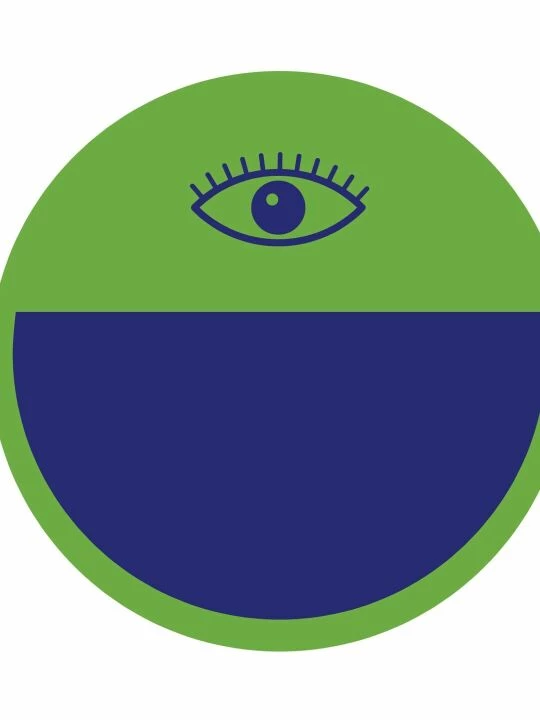Visualisation
Visualization in sports psychology refers to the mental technique where athletes imagine or "see" themselves performing a specific skill, technique, or entire competition successfully in their mind. It involves creating vivid mental images of actions, scenarios, or outcomes, often with the goal of improving performance, enhancing focus, and increasing confidence.
Athletes use visualization to mentally rehearse movements, strategies, or overcoming challenges, helping them feel more prepared and reduce anxiety. It can also involve imagining positive emotional states, such as feeling calm, confident, or energized, during competition. The practice taps into the brain's ability to simulate real-life experiences, and research shows that the brain can often not distinguish between actual physical practice and well-executed mental rehearsal, thus benefiting the athlete's physical performance.
Visualization is widely used across all levels of sports to improve concentration, manage stress, and enhance mental readiness before events.
Visualization in sports psychology offers several benefits that help athletes improve both their mental and physical performance. Here are some key benefits:
Enhanced Performance: Mental rehearsal through visualization allows athletes to practice skills or techniques in their minds, improving muscle memory and coordination. It has been shown to boost performance, especially when combined with physical practice.
Increased Confidence: By visualizing successful outcomes and performing skills flawlessly, athletes can increase their self-belief. Positive imagery helps reduce self-doubt and builds mental strength.
Improved Focus and Concentration: Visualization helps athletes focus their attention on key aspects of their performance, allowing them to tune out distractions and maintain a high level of concentration during competition.
Stress and Anxiety Reduction: By visualizing calm and controlled scenarios, athletes can lower anxiety levels and prepare mentally for high-pressure situations. Visualization helps manage nerves and fosters a relaxed, focused state.
Better Mental Preparation: Athletes can mentally rehearse challenging situations, such as tight moments in a game, overcoming setbacks, or executing strategies. This mental preparedness builds resilience and helps athletes handle adversity more effectively.
Increased Motivation: Visualizing success or achieving long-term goals can increase an athlete's drive to work hard and stay committed to training. It helps create a clear image of what success looks like.
Faster Recovery: Athletes recovering from injury can use visualization to imagine themselves performing without pain or limitations, which can aid in the rehabilitation process. Mental practice can promote healing and enhance recovery.
Mental Resilience: Visualization fosters a growth mindset, encouraging athletes to see challenges as opportunities to learn. It can improve mental toughness by helping them stay composed and positive, even during setbacks.
Goal Achievement: Visualizing the process of achieving goals (such as executing specific skills or winning a competition) helps athletes break down their goals into manageable, actionable steps and makes them more tangible.
Improved Team Dynamics: For team sports, visualization can also help athletes mentally prepare for interactions with teammates, communicate more effectively, and visualize successful teamwork, contributing to better team cohesion.
Overall, visualization is a powerful tool in sports psychology, as it helps athletes mentally prepare, increase performance, and optimize their overall psychological well-being.


